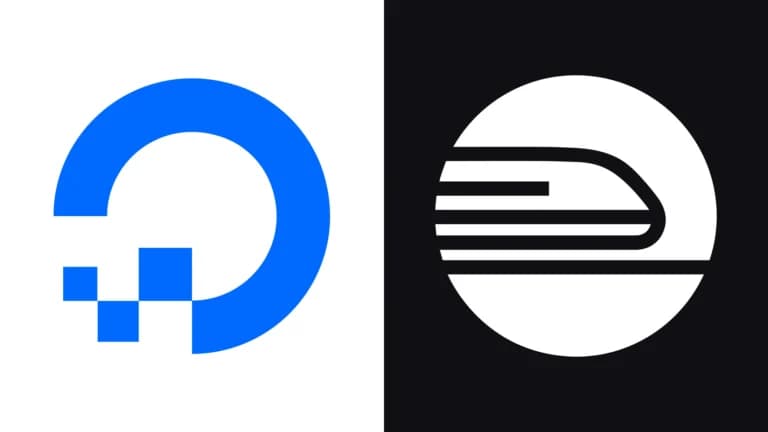
For as long as I can remember, my personal projects have lived on DigitalOcean. I’m not exactly sure why. Habit, maybe. It was the first VPS I spun up that felt “mine” and not wrapped in enterprise layers like AWS or GCP. It was cheap, reliable, and did its job. But that’s changing.
Recently, I’ve been working more with AI tools and projects that need to be easier to deploy and manage. I don’t want to tinker with server configs on a Saturday just to get a weekend project up. So I switched. After years of sticking with DigitalOcean, I moved my personal stuff over to Railway.
Here’s why.
My Client Work Lives on AWS and GCP
For client projects, I mostly work with AWS or Google Cloud. The projects usually demand it. Security, compliance, autoscaling, or the client’s internal infra rules.
But for personal work, I’ve always preferred simplicity. I don’t need 50 dashboards or maintain a long terraform file to launch new projects or push an update. I don’t need IAM policies or S3 lifecycle rules for my blog or weekend projects. I need a setup that doesn’t slow me down.
That’s why DigitalOcean made sense for so long. It was the middle ground between bare metal and black-box magic. But over time, it started to feel more like a middle-of-the-road tool, not bad, not amazing, just… fine.
DigitalOcean Was My Default for Too Long
I had scripts to spin up droplets. I kept notes on Nginx configs. I knew exactly where to look when something broke. But that familiarity came with a hidden cost: manual maintenance.
When you’re doing fast iteration, especially with AI models or auto-retraining agents, you don’t want to SSH into a box every other day. You want something closer to plug-and-go, but still developer-friendly.
Railway
After trying Vercel, Fly and similar.. I gave Railway a shot a few months ago for one of my side projects. It took minutes to deploy. No server setup. No Nginx. No PM2. It just… worked.
I could link a GitHub repo, define a service, set up a database, and deploy with zero ops overhead. For someone who writes code daily but doesn’t want to babysit* servers*, this was exactly the kind of setup I needed.
Real Talk: How They Compare
Here’s how I see things now, having used all four platforms actively:
| Platform | Ease of Use | Flexibility | Cost (Personal Projects) | Good For |
|---|---|---|---|---|
| DigitalOcean | Medium | High | Low–Medium | VPS users, custom stacks |
| AWS | Low | Very High | High | Enterprise, scale, infra |
| GCP | Low | Very High | High | Data, ML, and corp projects |
| Railway | High | Medium | Low–Medium | Personal, prototypes, small AI tools |
Railway wins for simplicity in my use case**.** I wouldn’t use it for a client app with deep compliance needs, but for a blog, a custom AI agent, or a utility API or micro-service, it fits perfectly.
Also: you don’t get billed for forgetting to shut down something. That alone puts it ahead of the big clouds.
What’s Running on Railway Now?
Right now, my blog (the one you’re reading) is running via a Next.js frontend, pulling markdown posts via a WordPress backend, and deployed through Railway (with backups of course). It took me longer to theme the blog than to set it up online.
I also have a few smaller AI experiments deployed that would’ve required hours of setup on a VPS. Here, I barely touched infra. Just focused on the code.
Final Thought
This isn’t a post to trash DigitalOcean. It served me well for years and a few droplets are still active there. But tools should match the kind of work you’re doing now. And right now, I need faster feedback loops and less friction.
Railway isn’t perfect, but it’s fast, easy, and developer-friendly. So for my personal projects, that’s where I’m staying, for now.
